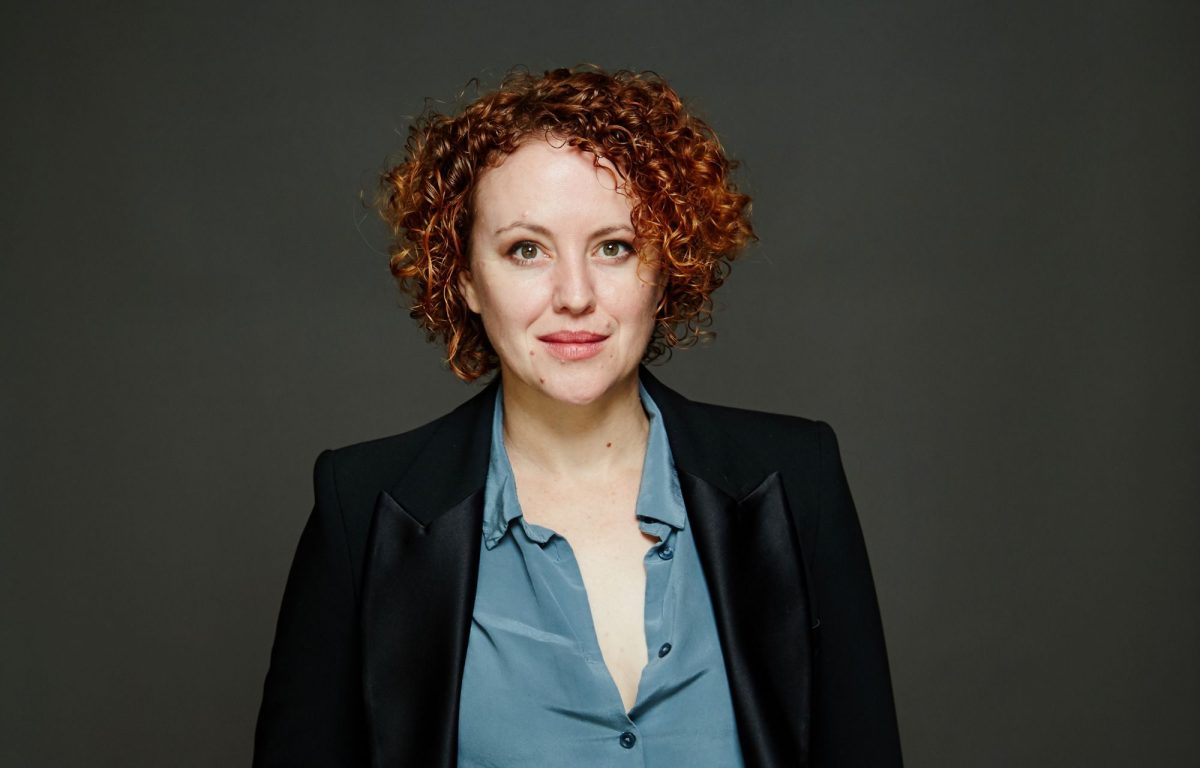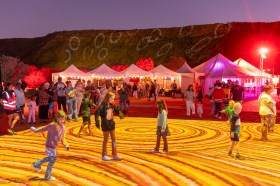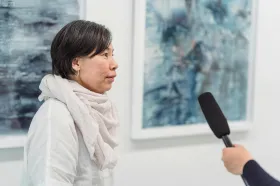After 12 years as the CEO and Festival Director of Sydney Fringe Festival – during which time the Fringe has grown from a small community event into New South Wales’ largest independent arts festival, featuring 2000 artists, attracting over 100,000 audiences and contributing over $34 million in economic impact to the city – Kerri Glasscock has decided it’s time to call it a day.
Her decision to move on – and her appointment as the new Executive Director of Create NSW, the NSW State Government’s arts and cultural driver – was announced earlier this year. In the intervening months, Glasscock has assembled the program for her final Sydney Fringe – including new programs focused on independent works from Canberra and Wollongong creatives and, of course, cerebrating the work of Sydney’s thriving independent artists across a rich array of art forms.






